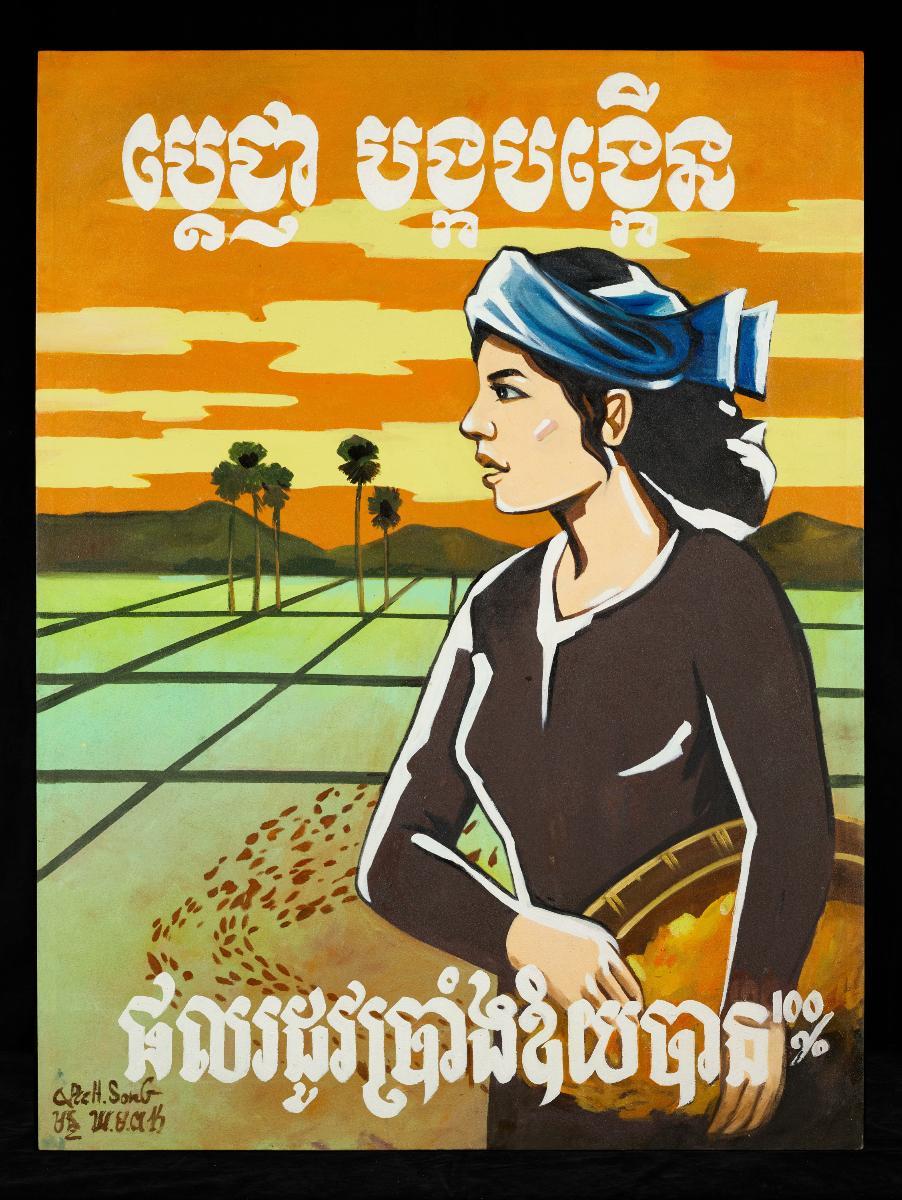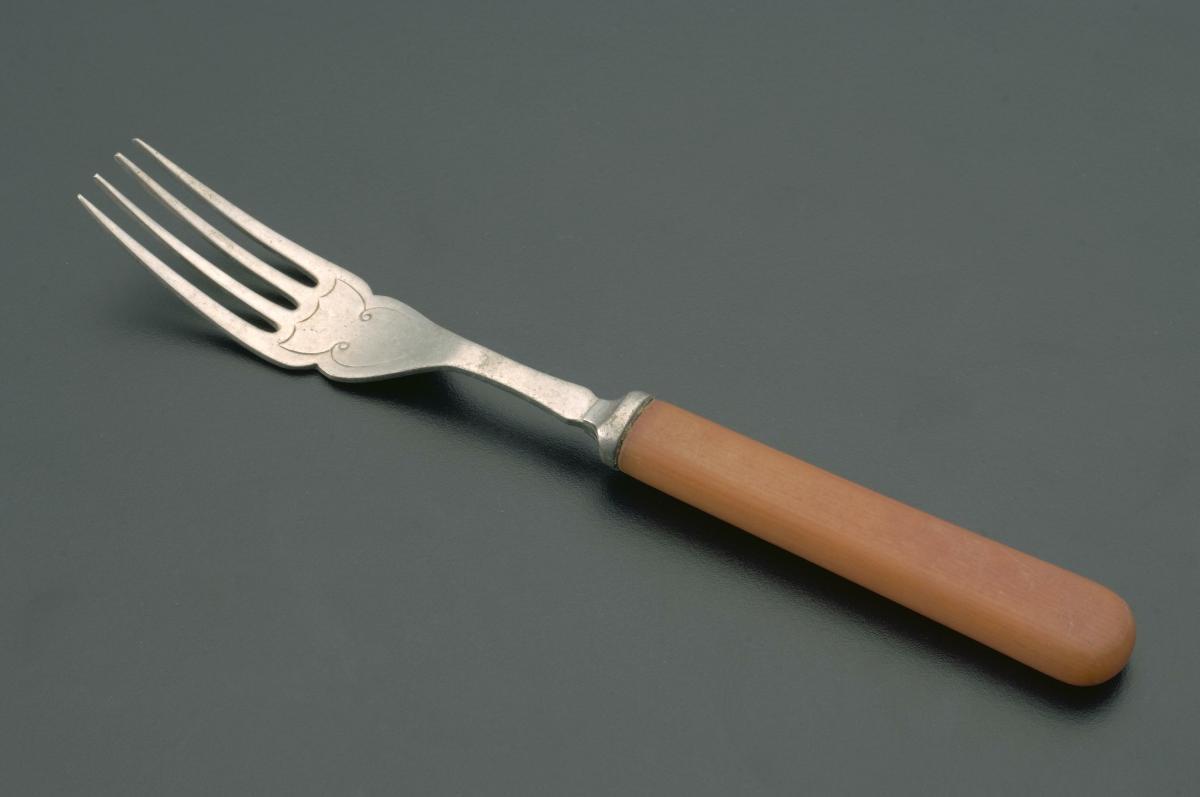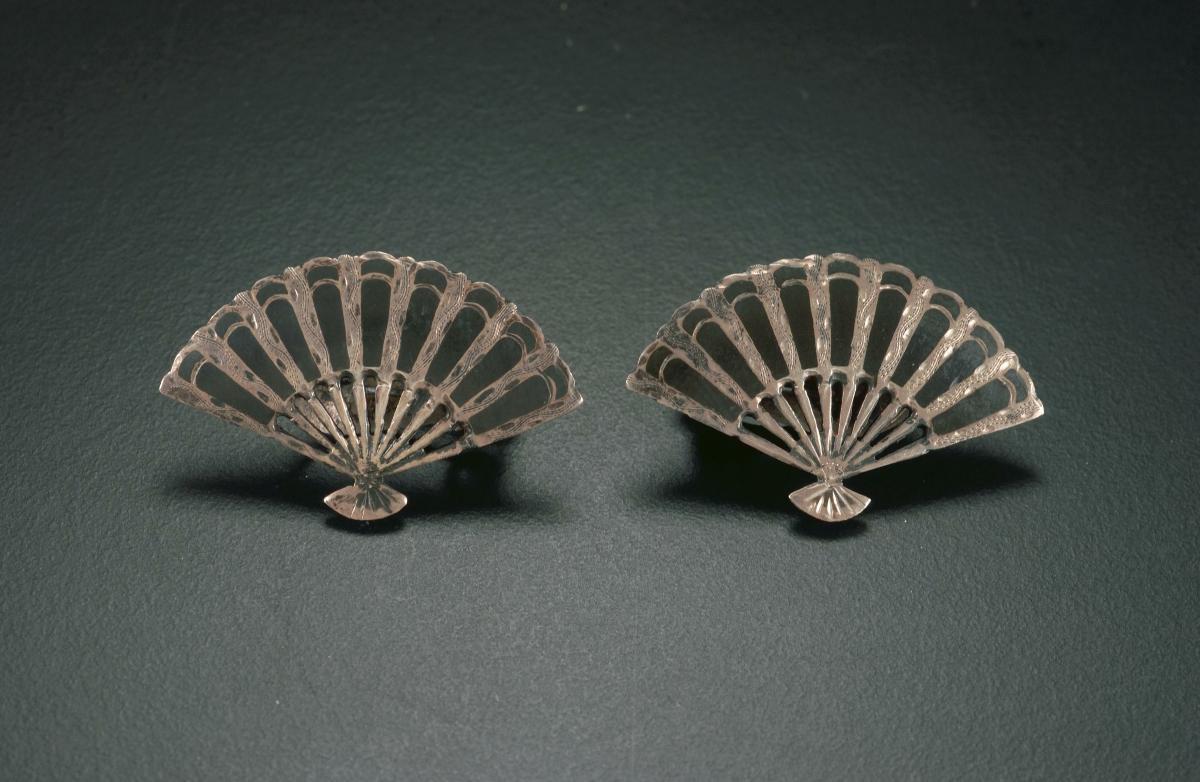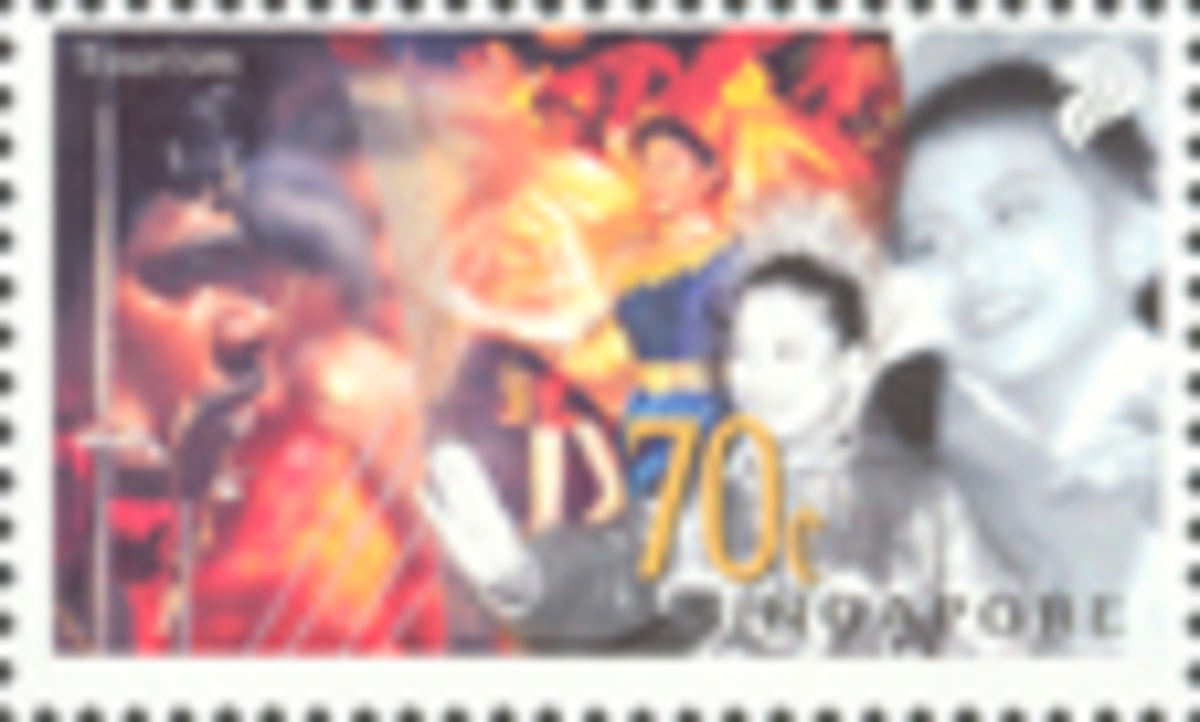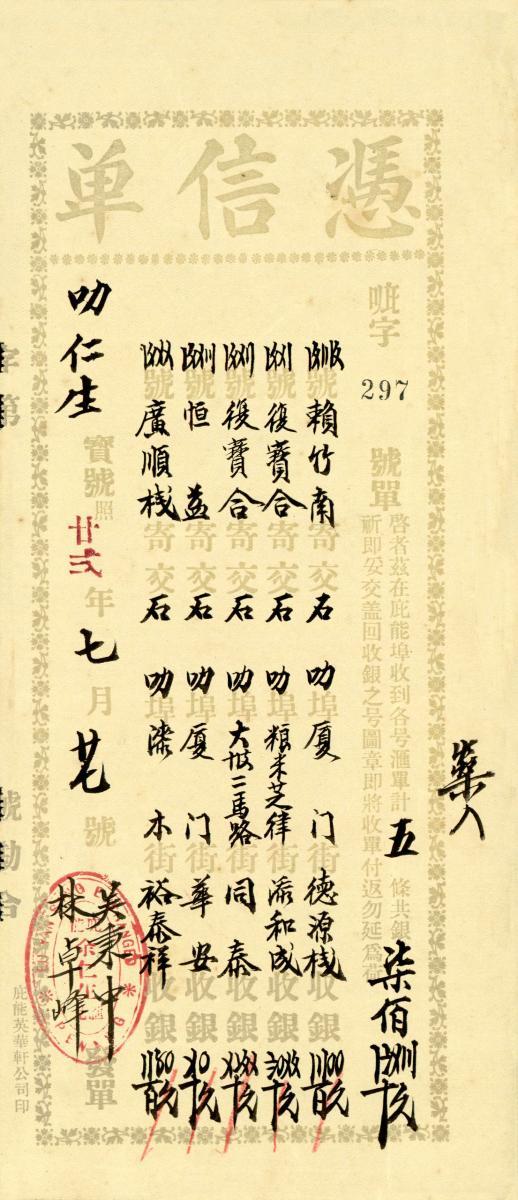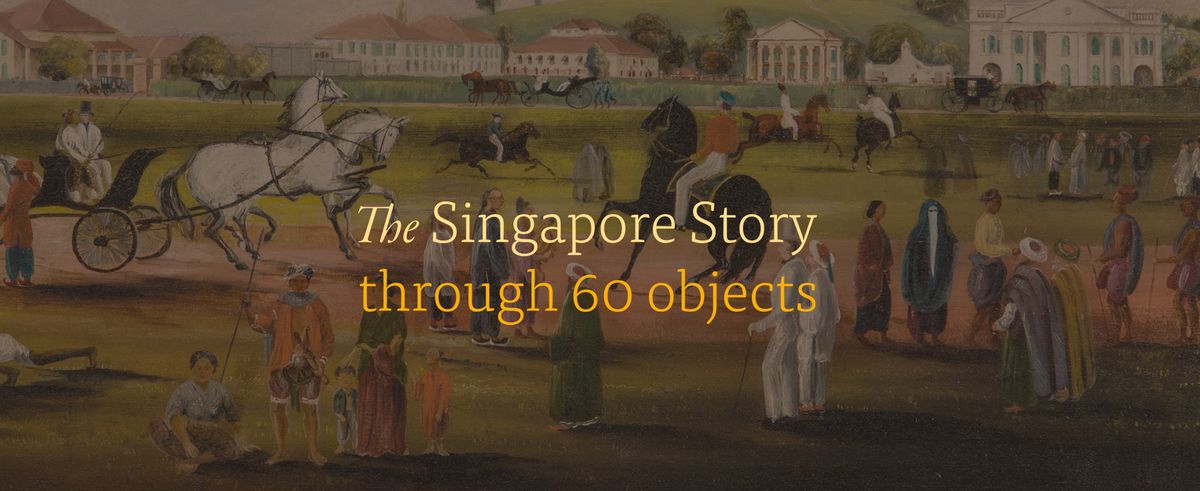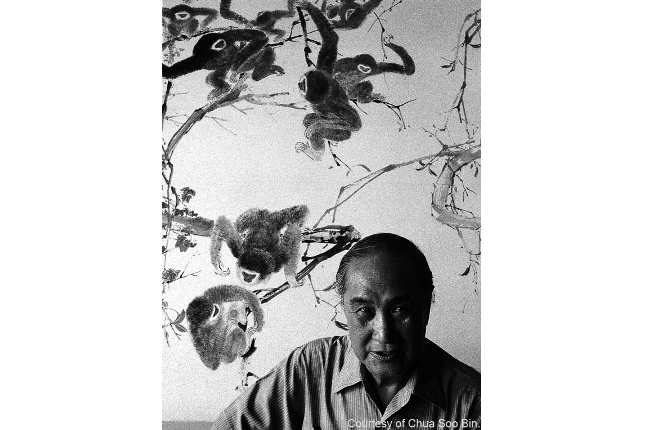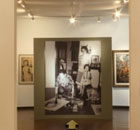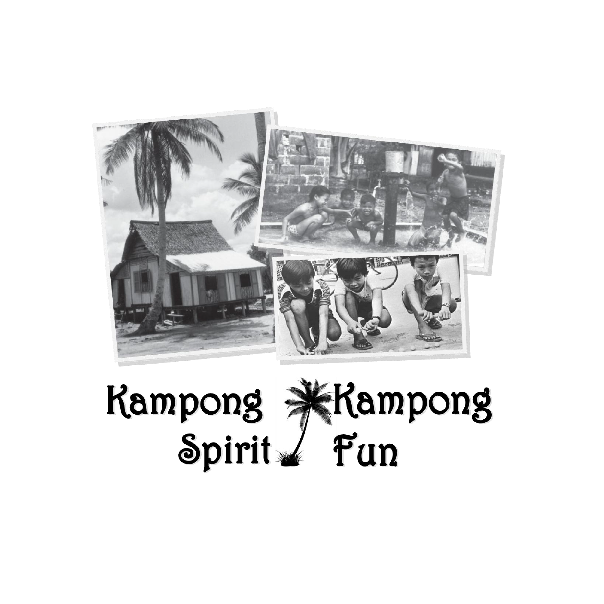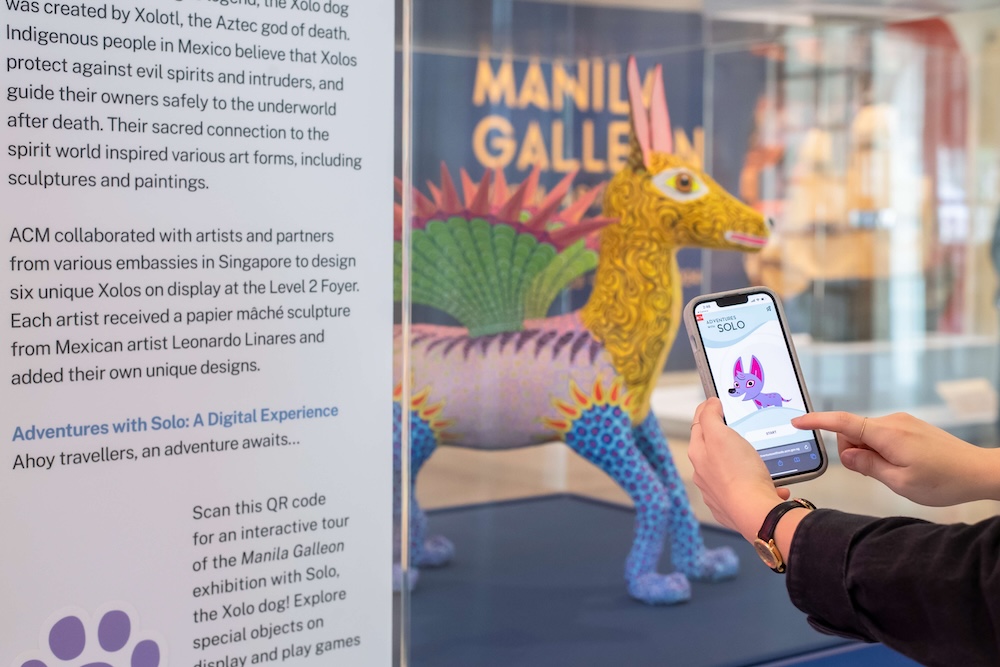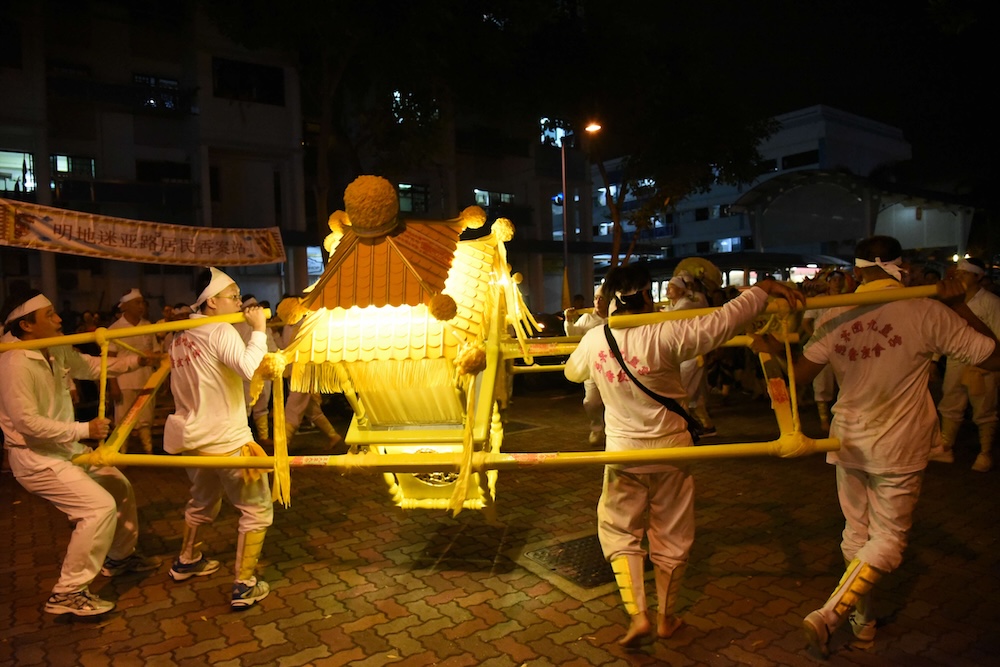Pech Song (b. 1947, Kandal, Cambodia) holds the unique position of having been commissioned to create paintings used as propaganda by 5 successive (and opposing) political regimes in Cambodia: first for Sihanouk’s royal government in the late 1960s, then for the US-backed Lon Nol government of the Khmer Republic (1970-75), then for Pol Pot’s Khmer Rouge in Democratic Kampuchea (1975-79), then for the Vietnam-backed People’s Republic of Kampuchea (1979-1989), then for Hun Sen’s post-1990s government. Song’s artistic and political flexibility, seamlessly transitioning from creating art used as propaganda from one regime to the next, is unparalleled in Cambodia’s art history. Also unparalleled is Pech Song’s ability to capture in his images the centrality of art and culture to the Vietnam-backed People’s Republic of Kampuchea (PRK) regime during the 1980s. This work does not depict artists, but instead demonstrates the importance of arts and culture to the PRK regime’s propaganda efforts by visually quoting from the aesthetic tropes of pre-Khmer Rouge Cambodian artworks, such as the landscape paintings popularised by artists like Nhek Dim (1934-78). The original work was reproduced on billboards around Cambodia, and has been lost. This work was reproduced by the artist based on a photograph documenting the original work. The prominence of the sugar palm trees, a Cambodian nationalist symbol, is familiar from paintings by artist like Nhek Dim, as is the warm tones, and the presence of the krama scarf on the woman’s head, identifying her as ethnically Khmer.




